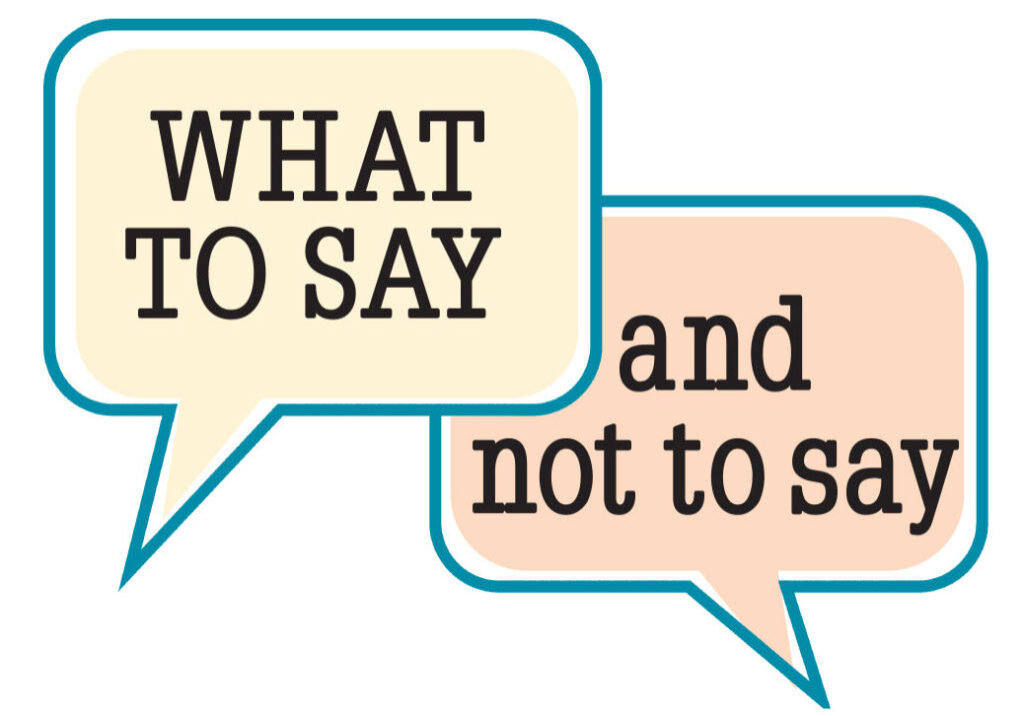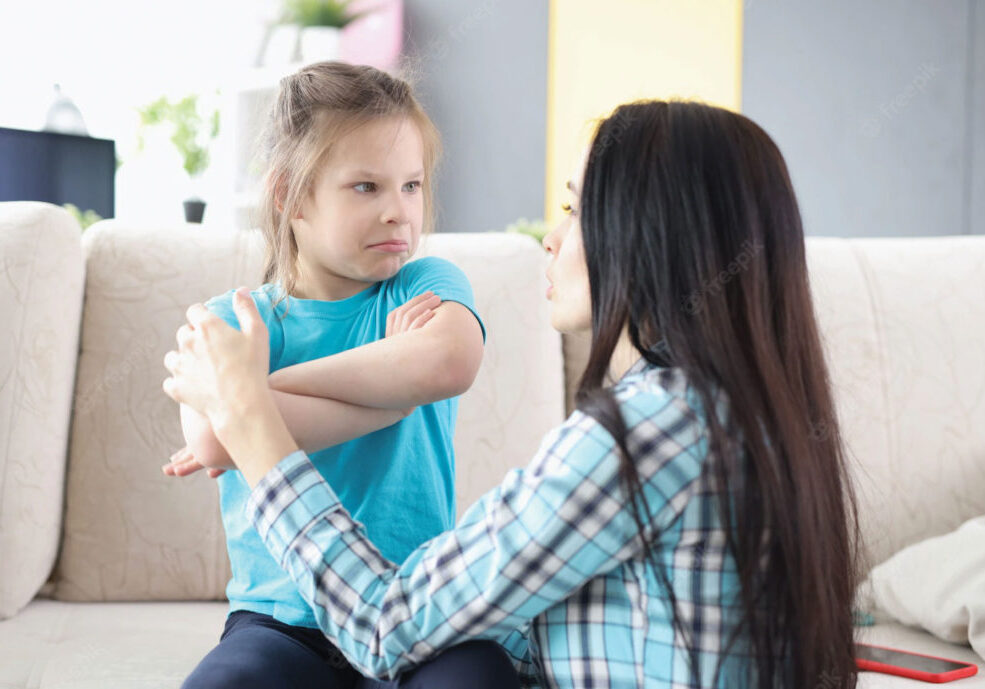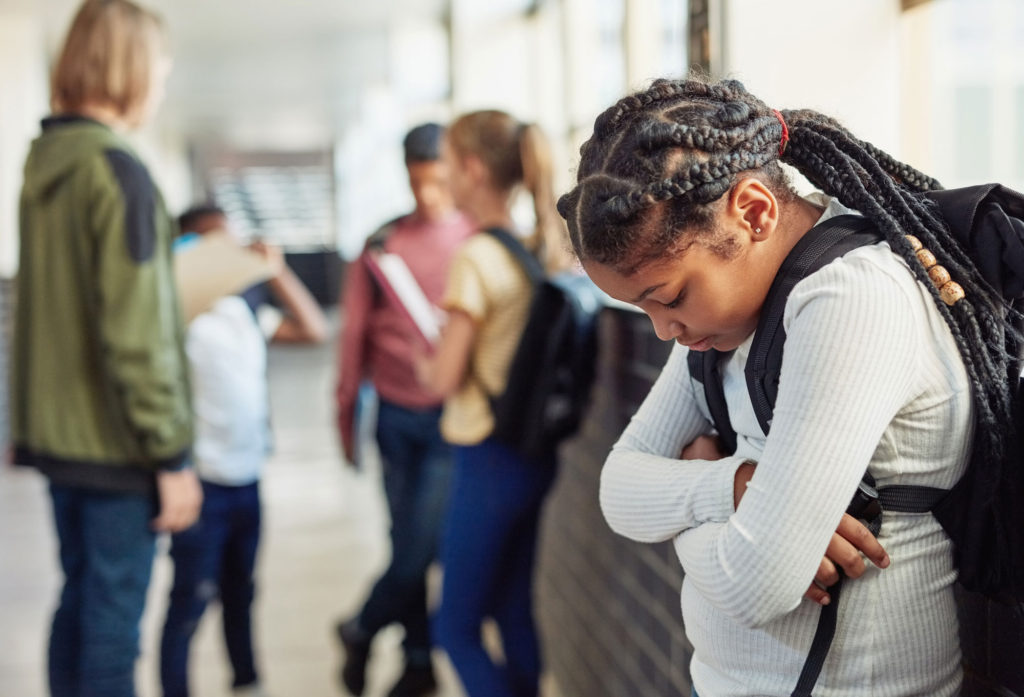Cases of anxiety in children have been at an all-time high ever since early 2019 and the beginning of the Covid-19 pandemic. Since then, children of all ages have been dealing with major changes in their schooling and in their social lives.
Anxiety affects both children’s behavior and well-being. We now know that what is often referred to as “bad behavior” can actually be the sign of a child’s inability to deal with big emotions in a socially appropriate manner. Of course, kids are not all alike, and some struggle a lot more than others with anxiety-provoking situations. They find it harder to adapt to change and are more easily overwhelmed by situations that other children may take in stride.
The good news is that it is possible to help your child develop coping mechanisms they can use in difficult situations. While you may initially have to guide them to manage their anxiety more effectively, they should gradually be able to use these coping mechanisms by themselves. These simple strategies can be helpful.
Distraction helps preschoolers
Distraction is one of the most effective strategies to help young children deal with their anxiety because it allows them to focus on something other than their anxiety.
Fidgets, concentration and hands-on activities
Some great distraction tools include fidgets, activities that require your child to concentrate and hands-on activities.
Fidget toys are highly effective coping tools because they let your child choose a tool in line with the sensory input that they need. For example, squishy balls are a great coping tool for kids who find it hard to keep their hands still, chewy jewelry is a great choice for the child who bites their fingernails or chews on their sleeves, and fidget bands can work wonders for kids with “busy feet.” Fidgets are come in many different types and sizes, giving your child the option for using them anywhere.
Activities that require your child to concentrate include puzzles, drawing and coloring activities, card games, board games, painting, mandalas, cut and paste activities and reading. Try a few and see which seem to appeal to your child the most. Becoming lost in a book or a drawing can be very helpful and calming for anxious kids.
Hands-on activities such as baking, gardening, raking leaves, creating collages, working with clay or paint also require concentration and can help some children cope with anxiety.
Once you’ve hit on the tools that help your preschooler become less anxious, you can create a calm-down corner at home and fill it with the things that will help them calm down. Make sure it’s always accessible and ready for use.
More sophisticated coping skills for tweens and teens
Several reports suggest that the psychological distress brought about by the pandemic has been more intense among young people because they have a greater need for social interactions.
Here are a few strategies that can help tween and teens cope better with their anxiety.
Get the right information, encourage fun with friends and find a script
Many fears are born from a lack of information, and it is not uncommon for children to be afraid of the wrong things. At a time when many teenagers are getting a lot of misinformation from social media, it is important to discuss your child’s fears and work together to make sure they have the full picture and honest information.
The Covid-19 pandemic led to social isolation and loneliness for many people, resulting in higher levels of anxiety. Social interactions are crucially important in the teenage years, so encourage your child to have fun “in real life” — not just on social media or the phone — with their peers.
Scripts are powerful coping tools for tweens and teens struggling with anxiety. Simply repeating words such as “It’s going to be okay” can help your child break the anxiety cycle and make it easier to deal with an anxiety-provoking situation. Take the time to discuss this with your child and try out scripts they can use in different situations.
Coping skills for kids of all ages
Physical activity is one of the most effective strategies to help calm anxiety. Ensuring that your child gets physical exercise every day can do wonders for their anxiety.
Helping your child externalize their emotions can help break the anxiety cycle. It also gives you an opportunity to help them reflect on effective reactions if they encounter similar situations in the future. Tools such as worry dolls or worry eaters are great for helping young kids externalize their anxiety.
Increasing the opportunities for your child to feel good can also help reduce their overall anxiety. This could look like ensuring that you spend some time – even 10 minutes – every day with each of your kids doing something that they enjoy, or even telling them positive words that every child needs to hear.
As with most things, trial and error is the key to choosing a successful coping strategy for your child. Try out different things to see which one works best for them and let them choose their own coping strategies.
Posted in: Family Life & Support
Comment Policy: All viewpoints are welcome, but comments should remain relevant. Personal attacks, profanity, and aggressive behavior are not allowed. No spam, advertising, or promoting of products/services. Please, only use your real name and limit the amount of links submitted in your comment.
You Might Also Like...

Same-Page Parenting With Young Children
Parenting young children is hard. It is even harder if you and your partner are not aligned in your child-rearing game plan. A strategy called same-page parenting with young children […]

Breastfeeding: Challenges and Solutions
As an Integrative Airway and Feeding chiropractor, I love helping moms and babies with breastfeeding issues. My journey with these families often begins during the prenatal phase. Comfortable prenatal experiences […]

Resources For Children & Families Dealing With Grief
Dougy Center Founded in 1982 in Portland, Oregon, Dougy Center started the first peer grief support groups for children, and has become a world-renowned model for bereavement support known as […]

Teaching Kids Self Control
As our children grow, each choice they make will determine their success in school, friendships, and their future. Every parent’s goal is to raise kids who make smart decisions. So […]




